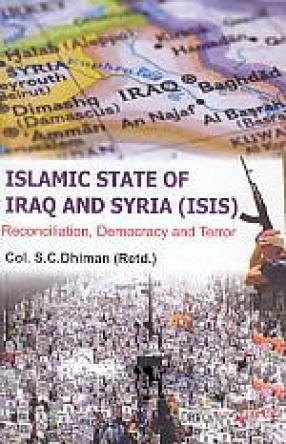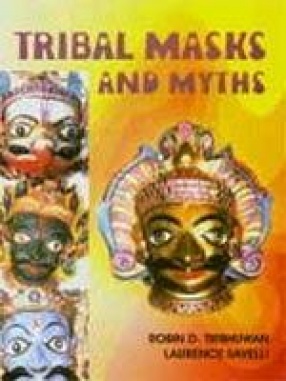This book deals with castes which practised female infanticide in west and north India during the 19th and 20th centuries. It shows how female infanticide was closely linked to the social structure of castes such as the Rajputs, Lewa Patidars Kanbis, Jats, Ahirs and Khutris. Further, it shows how female infanticide was related to hypergamy, status gradation within caste and avoidance of substantial dowry payments by parents on daughters weddings, caste ethos, the milieu in which the caste (s) lived and so on. The book argues that female infanticide was not only caste specific but also under conditions of colonial rule, female infanticide was a mechanism for maintenance of social status and dominance. The book contains an indepth analysis of British policies for the suppression of female infanticide and draws attention to the significant changes in their strategies which shifted from orientalism based on Shastra and Purana to coercion (in 1830’s) by mid-19th century. The colonial rulers were resorting to a strategy which involved persuading some of the castes which practised female infanticide to take to reciprocal marriages and give up hypergamy. The book raises important questions about British humanitarianism. It points out that the British rulers were neither overzealous social reformers nor mute spectators of some Hindu customs which a section of the British establishment considered as repugnant. The book uses the comparative framework to analyze female infanticide in north and west India, particularly Tamil Nadu which recently acquired prominance with reference to female infanticide is also discussed.
Islamic State of Iraq and Syria (ISIS): Reconciliation, Democracy and Terror
Viewing the Islamic State of ...
$29.70
$33.00





There are no reviews yet.